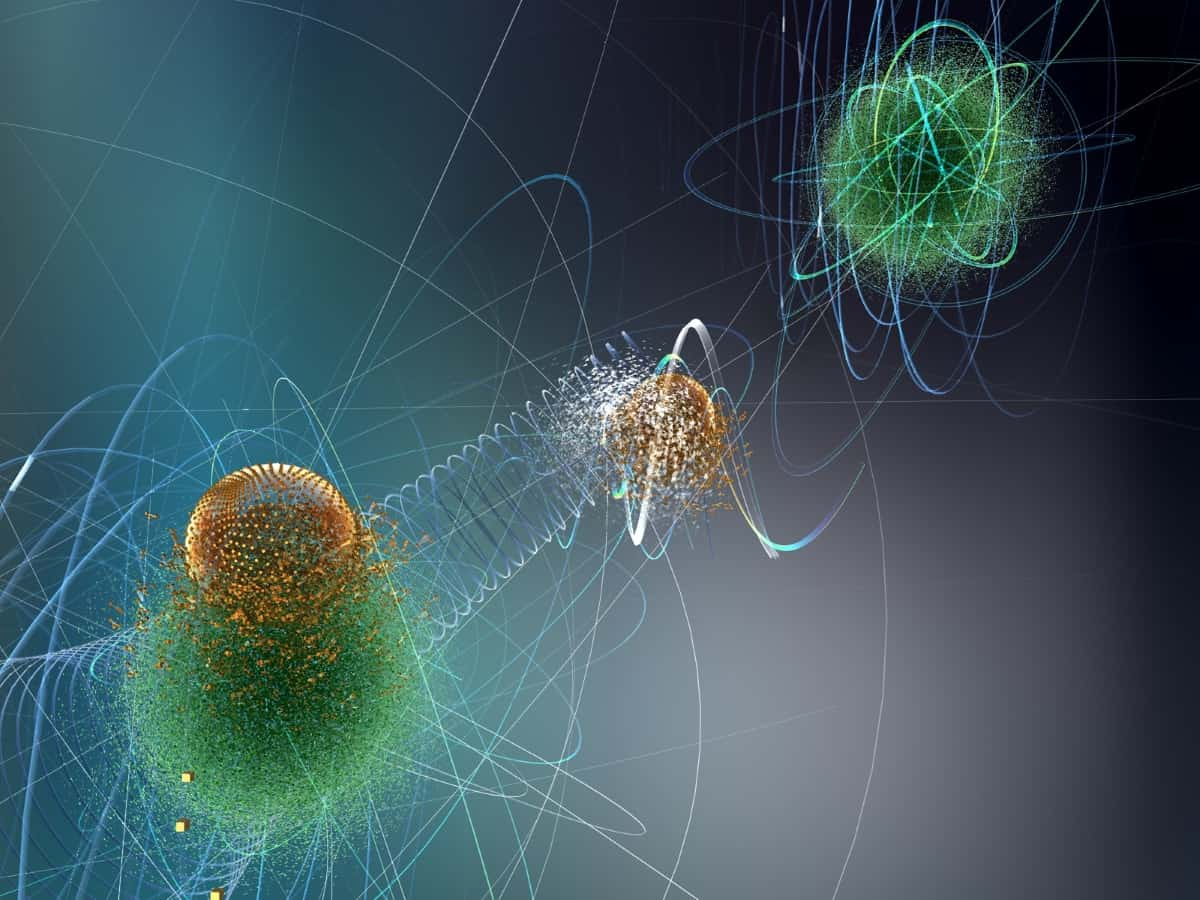Teleportation, the ability to instantaneously transport oneself or objects from one location to another instantaneously, has long been a popular topic in countless science fiction books and movies. In his theory of general relativity, Einstein predicted that nothing is faster than the speed of light, which makes human teleportation impossible. However, since photons are able to travel at the speed of light, recent advancements in quantum physics have made the concept of real-life teleportation possible for the first time. While teleportation of people still remains impossible, quantum teleportation has been a major scientific breakthrough that scientists have achieved in recent years.
Currently, teleportation-like behaviors have only been proven to exist in the quantum realm in the form of instantaneous transmission of information. Quantum physics is a type of physics that studies the smallest known units of matter, namely particles and subatomic particles. In this realm, many of the typical rules of physics don’t apply. For example, matter can act like clumps, waves, or even turn invisible. Out of these strange phenomena, one of the most unique is quantum entanglement. Quantum entanglement is when particles are connected to each other in such a way that the action of one affects the other one as well. Furthermore, quantum entanglement can happen regardless of distance; this direct connection between two particles is the foundational concept that teleportation is built upon because it means that information can be transferred between the two particles nearly instantaneously. Small signals such as the removal of a proton, neutron or electron can be communicated through these instantaneous transmissions. Through research, scientists have been able to learn how to entangle two particles, and how to intentionally alter one in order to alter the other. In an experiment sponsored by the National Science Foundation in 2022, scientists were able to confirm that electromagnetic entangled photons on computer chips could instantaneously transmit information to each other even when they were not physically linked together. After discovering this phenomenon on quantum computers, scientists tried to further their understanding of quantum computers and their potential for teleporting information. On a quantum computer, information is coded in a binary system of 0 and 1 in qubits. The uniqueness of a qubit comes from the fact that it can be both 0 and 1 simultaneously, unlike a traditional computer. Newer research suggests that it may even be possible to use this technique to transmit information across electrons.
“Individual electrons are promising qubits because they interact very easily with each other, and individual electron qubits in semiconductors are also scalable,” said John Nichol, an assistant professor of physics at the University of Rochester. “Reliably creating long-distance interactions between electrons is essential for quantum computing.” The biggest challenge thus far has been that electrons are reluctant to propotage into large distances. Thus, the researchers used the concept that electrons have a north and south pole, along with a spin rate. If two electrons have identical spin rates, they cannot be in the same place at the same time. Researchers then used this concept to spread out entangled electrons and teleport information about their spin rates.
Quantum entanglement teleportation is a fascinating phenomenon that has captured the attention of scientists and researchers around the world. While there are still many challenges to overcome in order to fully harness the power of quantum entanglement teleportation, progress has been made at record pace. Overall, the study of quantum entanglement teleportation represents a major breakthrough and holds tremendous promise for shaping the future of teleportation and communication. As research in this field continues to advance, it is sure to reveal even more astonishing insights into the mysteries of the quantum world.






